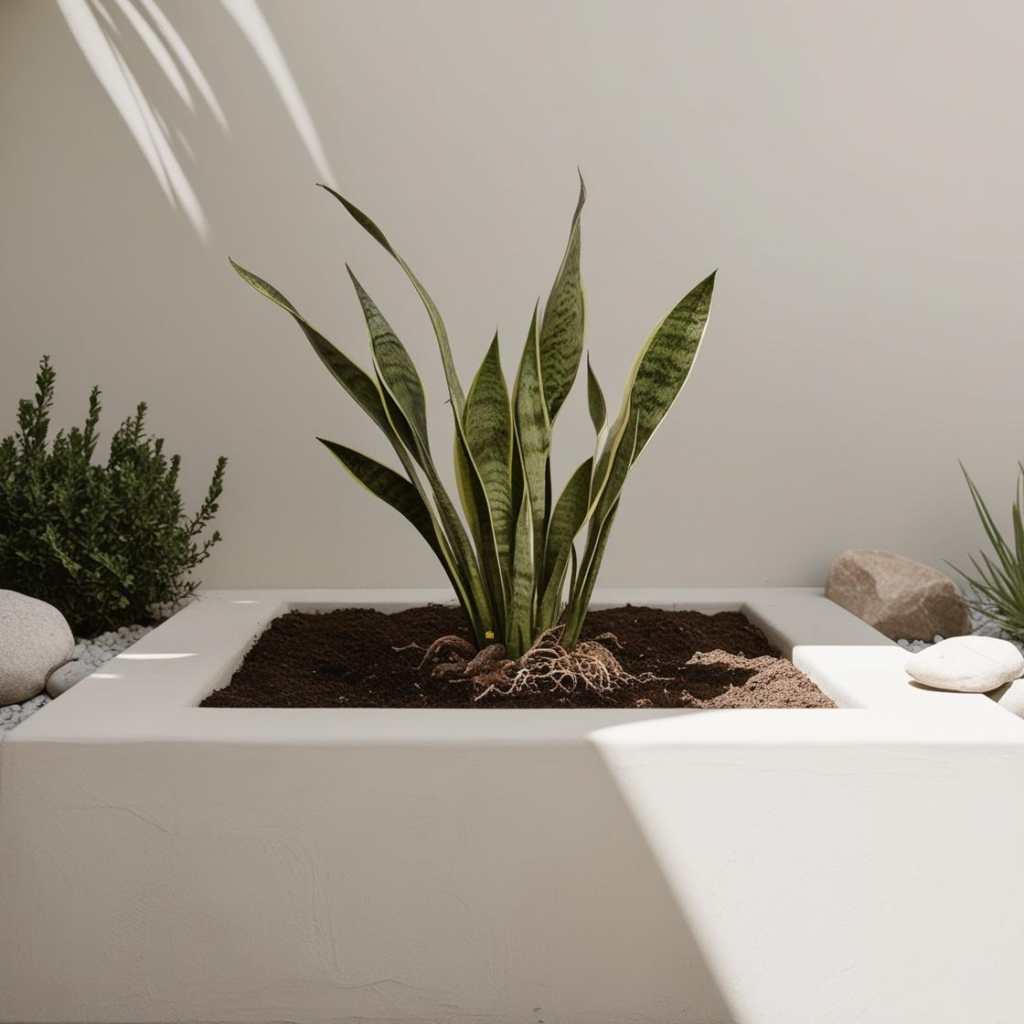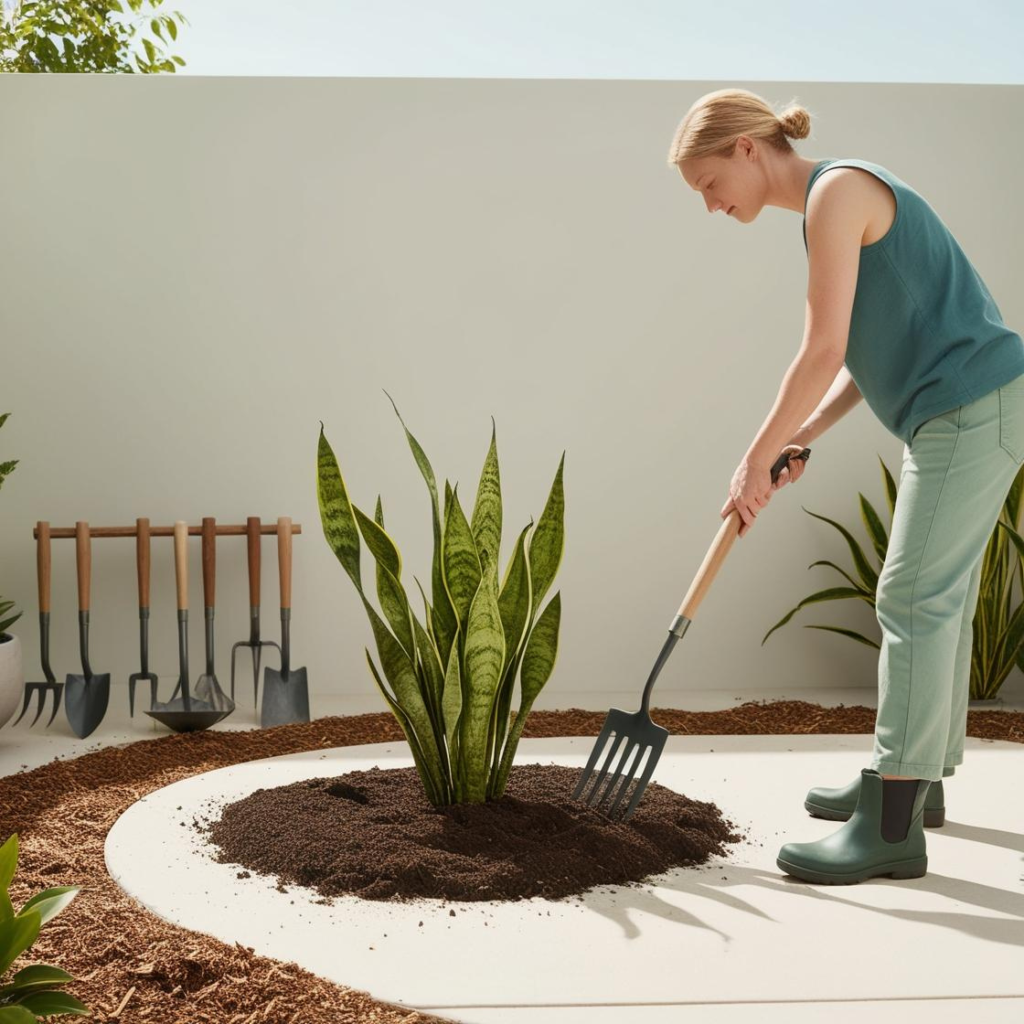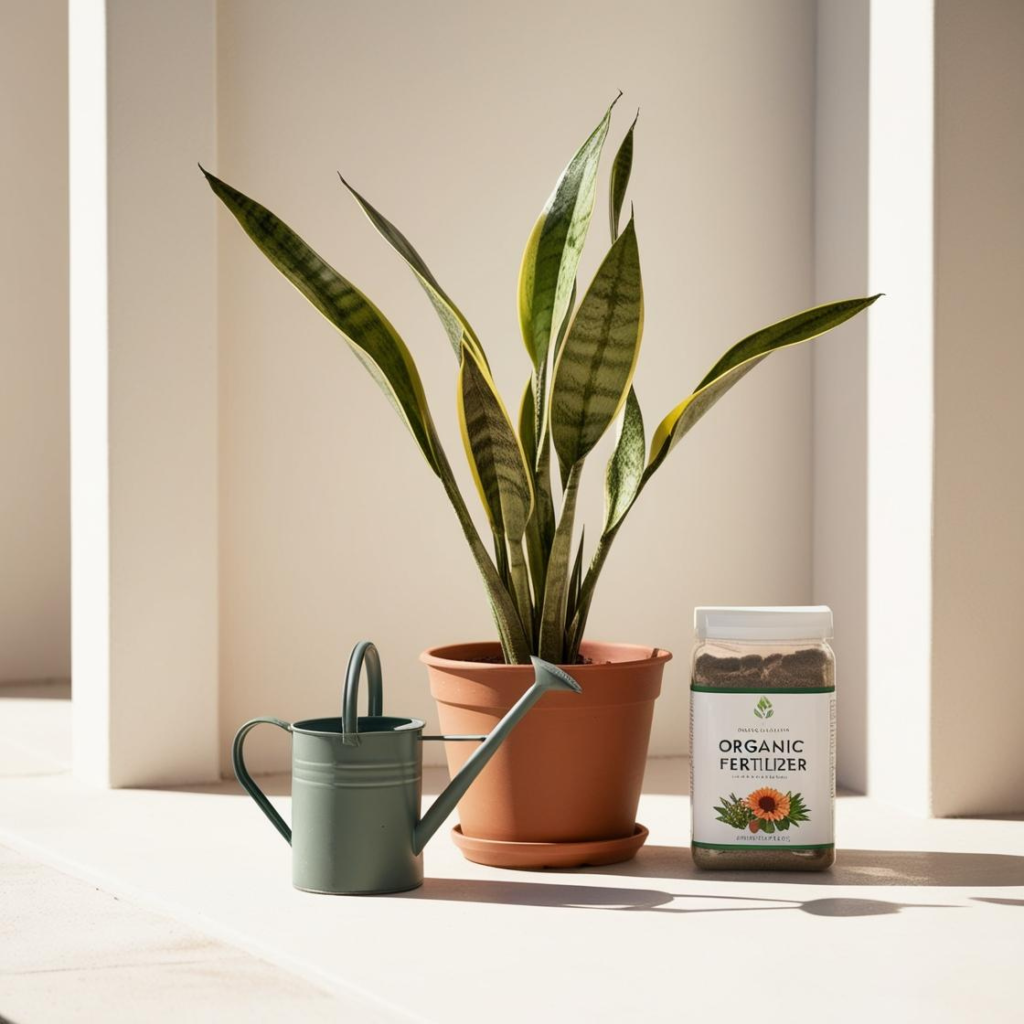Bringing greenery into your home is not just about aesthetics; it’s about enhancing your living space and creating a sense of well-being. Among the many houseplants available, the snake plant stands out as a favorite due to its striking appearance and easy-going nature. However, the secret to a thriving snake plant lies beneath the surface in the snake plant soil you choose. This article dives deep into the essential tips for selecting and maintaining the best soil for your snake plant, ensuring it flourishes beautifully.
Understanding the Unique Soil Requirements of Snake Plants

Before you even think about the plant itself, it’s crucial to understand the soil needs of your snake plant. Native to the arid regions of West Africa, snake plants have evolved to thrive in conditions where water drains quickly. This adaptability means that they do not do well in heavy, compact soils that retain moisture. Instead, they require a blend that allows for excellent drainage while retaining some nutrients.
- Well-Draining Soil: The first step to a healthy snake plant is choosing a soil mix that drains well. This prevents water from accumulating at the roots, which can lead to root rot—a common issue that can severely harm your plant.
- pH Levels: Snake plants prefer slightly acidic to neutral soil, ideally with a pH between 6.0 and 7.0. Keeping an eye on pH levels ensures your plant gets the nutrients it needs without any hindrance.
Best Snake Plant Soil Mixes

Now that you understand their needs, let’s explore the best snake plant soil mixes. You can create your own blend or opt for ready-made options available in garden centers.
Recommended Mix Recipes:
- DIY Soil Mix:
- 50% Potting Soil: This forms the base, providing essential nutrients.
- 30% Perlite: Enhances drainage and aeration.
- 20% Coarse Sand: Improves drainage further and prevents compaction.
- Store-Bought Options:
- Look for cactus or succulent soil mixes, which are designed for plants that require similar care to snake plants. These often contain the right balance of drainage and nutrients.
Benefits of the Mix:
- Using a combination of these materials not only aids in drainage but also supports healthy root development. It’s a balanced approach that ensures your snake plant receives the right nutrients without the risk of overwatering.
How to Identify Poor Soil for Your Snake Plant

Recognizing the signs of poor soil quality is crucial for maintaining a healthy snake plant. Here are some indicators that your plant’s soil may need immediate attention:
- Yellowing Leaves: If your snake plant’s leaves are turning yellow, it might be a sign of overwatering due to heavy soil.
- Root Rot: If you notice a foul smell or mushy roots when checking the plant, root rot is likely present.
- Mold Growth: White, fuzzy spots on the soil surface indicate too much moisture and poor aeration.
Tips for Inspection:
- Regular Checks: Take time every few weeks to inspect the soil moisture and condition.
- Use Clean Tools: When examining roots or soil, ensure your tools are clean to prevent introducing pathogens.
Maintaining Healthy Soil for Optimal Growth

Keeping your snake plant soil healthy is an ongoing process. Here are practical steps you can take:
- Aeration: Gently loosen the soil around the roots occasionally to ensure proper aeration. This helps prevent compaction and allows roots to breathe.
- Refresh the Soil: Every one to two years, refresh the soil by replacing the top layer or repotting the plant entirely. This replenishes nutrients and maintains optimal conditions for growth.
Maintenance Checklist:
- Inspect soil every month for compaction or signs of rot.
- Replace the top layer of soil annually to refresh nutrients.
- Repot when the plant outgrows its container, typically every 1-2 years.
Watering and Fertilizing: A Soil-Based Approach

Understanding the relationship between soil and watering is vital for your snake plant’s health. With the right soil mix, you can establish a successful watering routine.
- Watering Frequency: Water your snake plant only when the top inch of soil feels dry. This can range from every couple of weeks to once a month, depending on your home’s humidity and light levels.
- Fertilization Tips: Use a diluted, balanced fertilizer during the growing season (spring and summer). Avoid over-fertilizing, as snake plants are not heavy feeders.
Quick Tips:
- Always check the soil moisture before watering.
- Fertilize during active growth periods only.
Conclusion
Taking care of your snake plant goes beyond just watering it occasionally; the soil is an essential element of its overall health. By choosing the right mix and maintaining it properly, you’ll ensure your snake plant remains vibrant and thriving.
So why not take these tips and put them into action? Experiment with different soil blends, observe how your plant responds, and enjoy the process of nurturing your snake plant. Share your experiences in the comments below or explore more articles on indoor plant care for additional insights.



